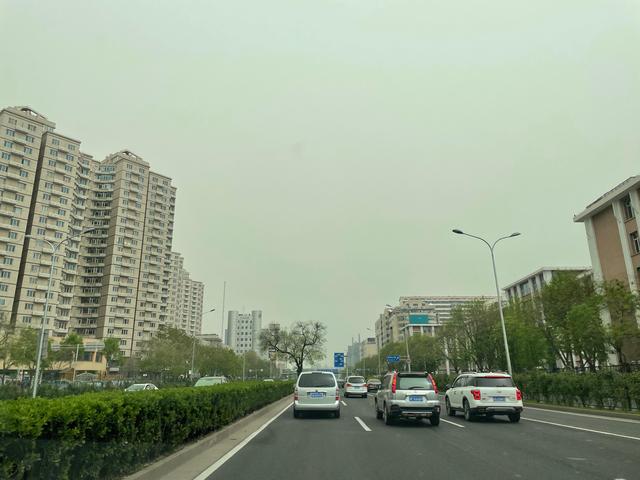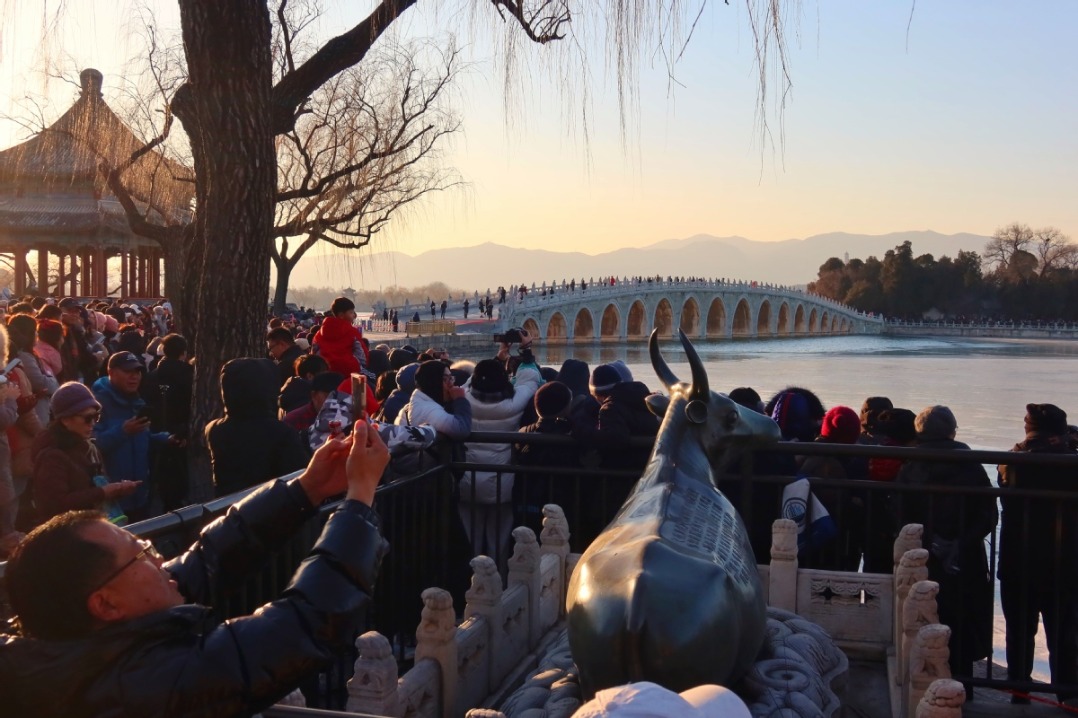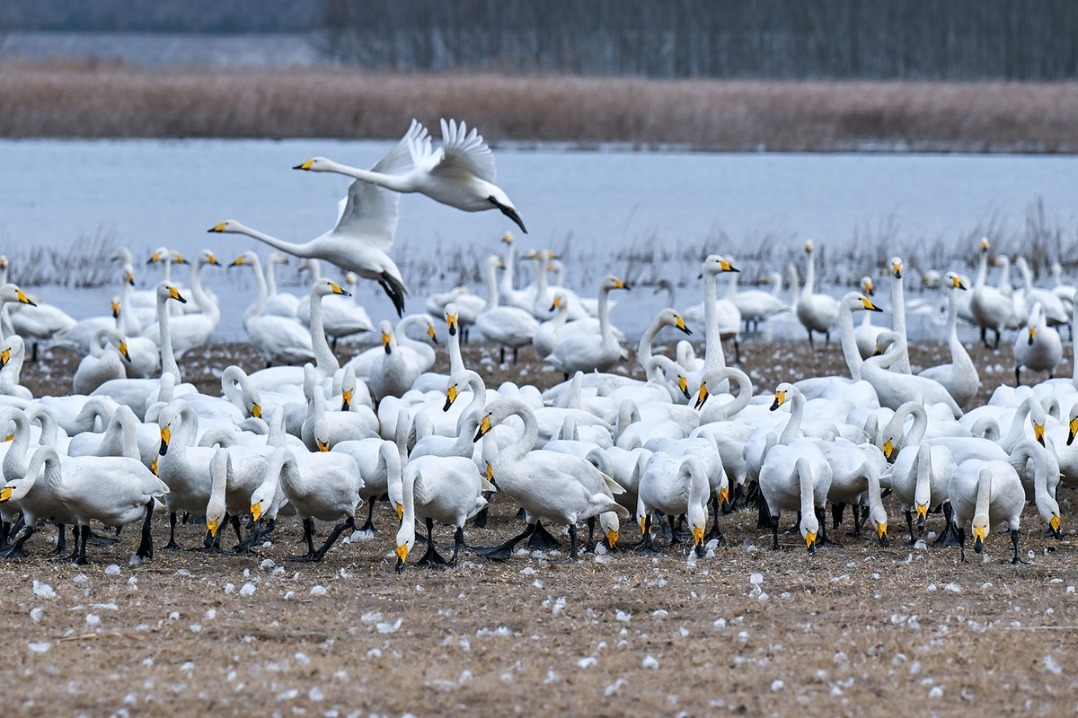Sand and dust envelop capital


Northern areas in China are currently shrouded in dust as a result of the largest sandstorm to hit the area since the beginning of spring, the National Meteorological Center said on Thursday.
On Wednesday, sandstorms hit western parts of the Inner Mongolia autonomous region. Air-borne sand and dust was found in the Xinjiang Uygur autonomous region, central parts of Inner Mongolia, and in Jilin and Heilongjiang provinces, the center said.
On Thursday, Beijing also experienced dusty weather with visibility reduced to between 2 and 6 kilometers. It was due to end Thursday night as winds weakened, the capital's meteorological service said.
Rao Xiaoqin, the center's chief forecaster, said this bout featured strong winds, with sand and dust having an impact on the environment.
She said that the dust storm was forecast to end on Thursday night due to impending precipitation that will cross Inner Mongolia and northeastern China from west to east.
"The rain will mitigate sand and dust, and improve air quality in affected areas," Rao said.
This storm was caused in part by a strong Mongolian cyclone that created the thermal and dynamic conditions for the spread of airborne sand, she said.
"Since April, Mongolia, northwestern China and Inner Mongolia have all experienced less precipitation and high temperatures, resulting in loose topsoil, a condition favorable to sandstorms," she said.
"China has experienced three sandstorms this year, three times less than normal on average. This year's sandstorm pattern is weaker," she said.
On March 3 and 4, the first bout of dusty weather hit the North and Northeast, causing severe air pollution, the meteorological center said.
Last year, China experienced its most powerful sand and dust storm in nearly a decade, which lasted from March 13 to 18. The storm affected 19 provincial level areas, leading to the suspension of classes and the cancellation of flights.
Between 1981 and 2010, Beijing experienced an annual average of 2.4 days of sand and dust storms in March. The longest one so far this century occurred in 2001 and lasted nine days.
- Shanxi ends province-wide blanket fireworks ban
- Audit: China fixes bulk of fiscal problems tied to 2024 budget
- China reports major gains in circular economy
- Chinese lawmakers review draft revision to banking supervision and regulation law
- Top legislature to study draft laws on environment, ethnic unity, national development planning
- Administrative organs must secure people's interests: senior judge





































